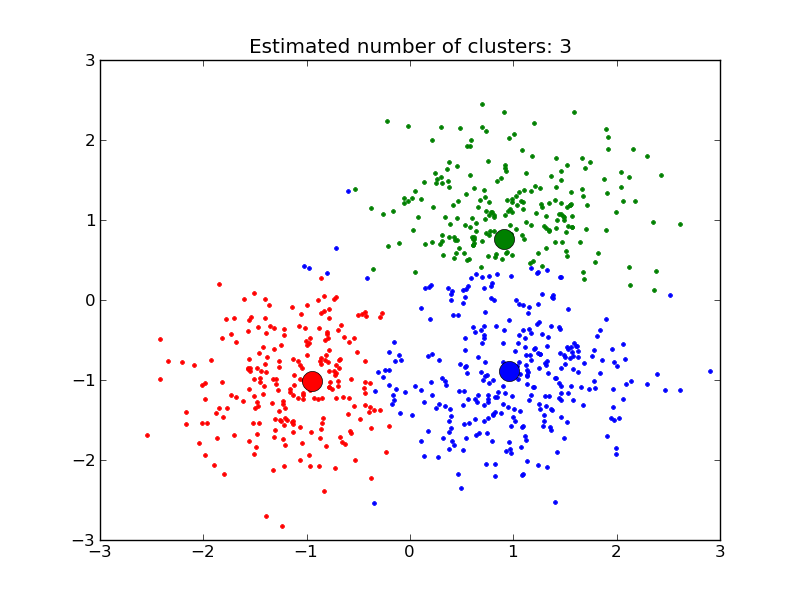Cats are mammals.
Gravity is the curvature of spacetime.
Both of these sentences are true. And they both use conjugations of the verb “to be”. But the usage of that verb is very different.
The first sentence is true in the sense that we as humans have defined a category called “mammals”, members of which have certain characteristics, and cats have the required characteristics to put them into that category.
The second sentence is true in the sense that “the curvature of spacetime” describes a thing that exists in the universe, to which we have given the name “gravity”. It’s a literal definition, not a taxonomical categorization.
The problem with these two different uses of “to be” is that people mistake the one for the other. They think that when scientists reclassified Pluto as a dwarf planet, it was because they’d learned something new about Pluto, as opposed to having simply revised the definition of a “planet”. But this is incorrect. A planet is whatever humans say a planet is, because the entire purpose of the category is to allow us to talk about “planets” without having to say “celestial bodies that have assumed a roughly spherical shape, orbit a star, and have cleared the space around their orbits” every time.
This isn’t to say that categories are meaningless, or can be defined in any way we please. Because a category is a convenient way of referring to a set of traits, those traits have to be common enough as a complete set to be worth referring to. We shouldn’t define a category to mean “a person with black hair and green eyes”, because those two traits aren’t any more likely to occur together than any other hair/eye color combination, and that set of traits doesn’t imply anything else useful about the person.
It is to say, however, that a category is not a fact about the universe, and that a category can and should be changed to better suit our purposes. Take, for example, the categories “male” and “female”. Most of us are accustomed to using these categories to imply a common combination of gender presentation, chromosomes, and sex characteristics. However, a lot of people have recently been changing these categories. In doing so, they aren’t violating any universal law that says “all masculine-presenting humans must have XY chromosomes”, because there is no such universal law. They are redefining a category that was defined in the first place by English-speaking humans and can be redefined by those same humans.
(Another recent change to categories: birds are reptiles.)
This same problem occurs the other way around: people mistake observations about the universe for human-made categories. I learned to say the phrase “gravity is the curvature of spacetime” when I was 9. It successfully impressed a lot of grownups, but the image in my head was a stretched-out tarp with a ball in the middle. It took nearly a decade for me to actually understand enough physics and math to grasp its real meaning. And when I did, my thought was basically “oh shit, gravity literally is the curvature of spacetime”.
When we talk about facts we understand, we’re not saying riddles or passwords. If somebody who doesn’t have the relevant background knowledge to understand us overhears, they might not realize that what we say is a literal observable fact, which they too can observe if they know where to look, but that doesn’t change it. The unfortunate reality is simply that the conversion from thought to language is not lossless. And until we invent telepathy, it probably never will be. Still, simply knowing the distinction between these two definitions of “X is Y” type sentences was helpful to me, and so I’m passing it on.
